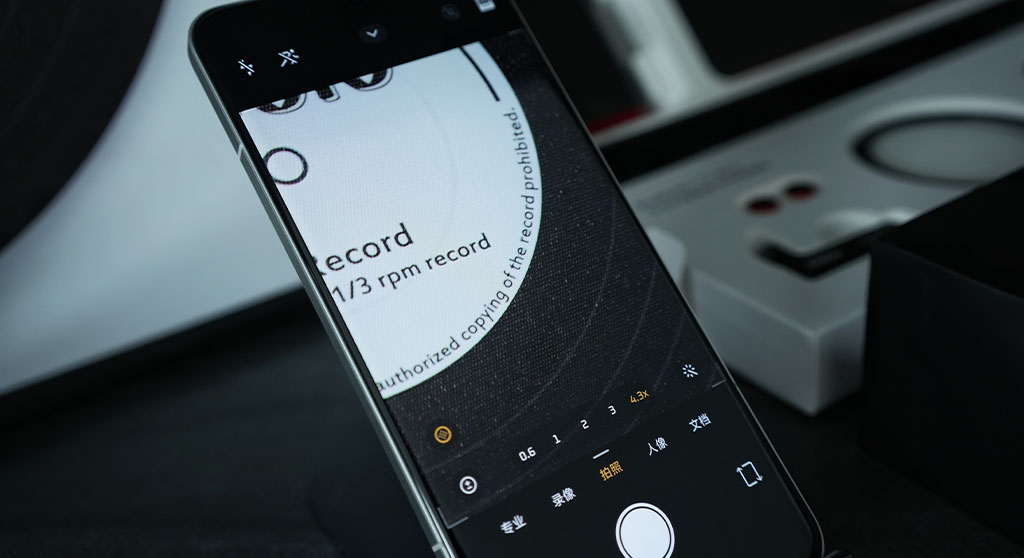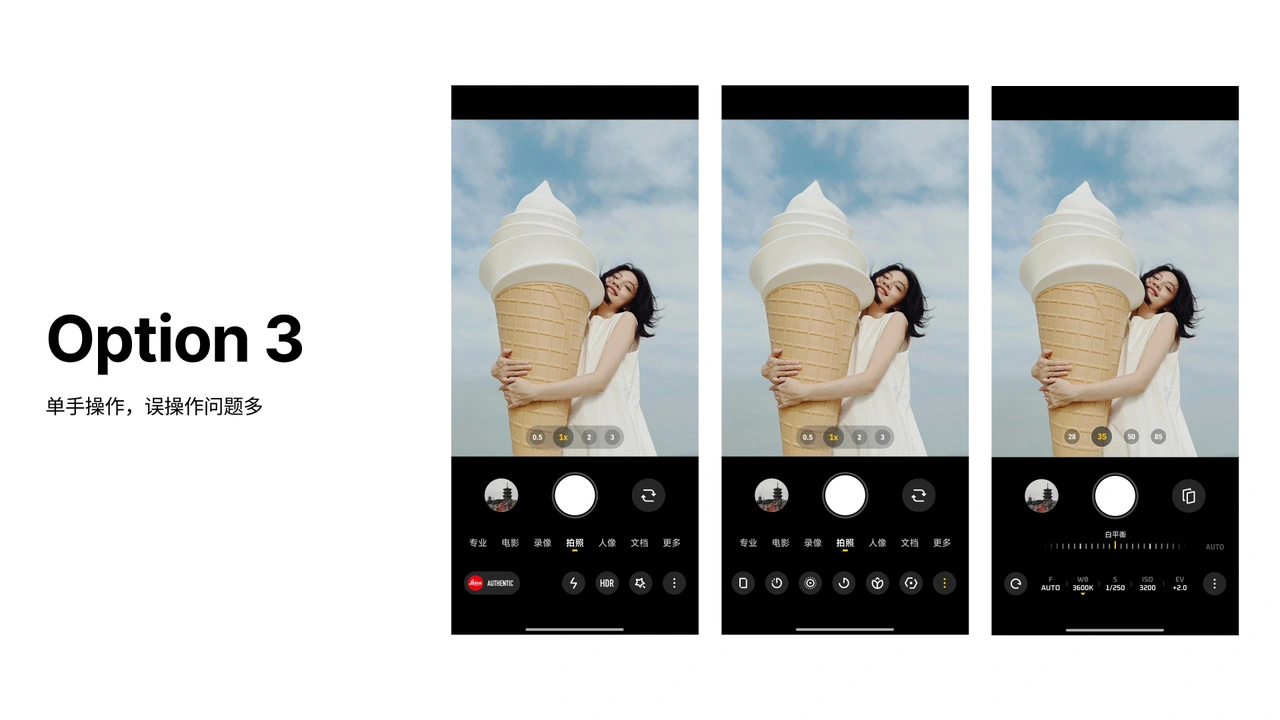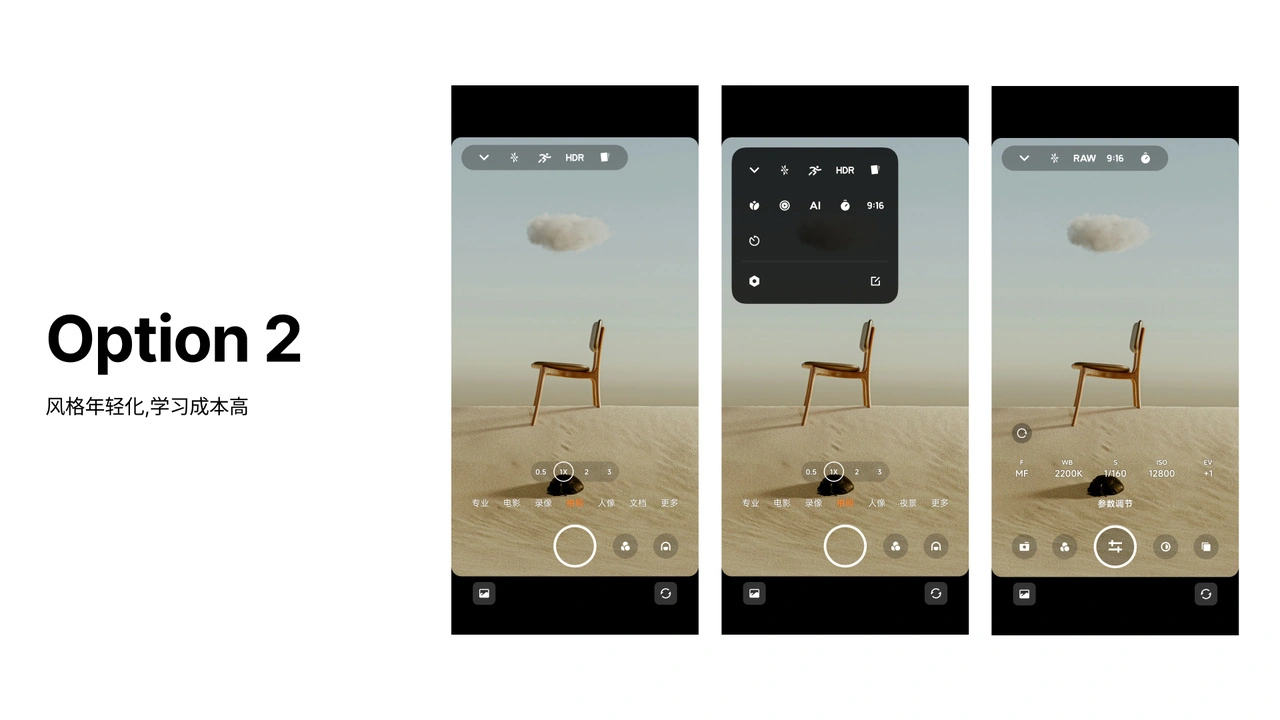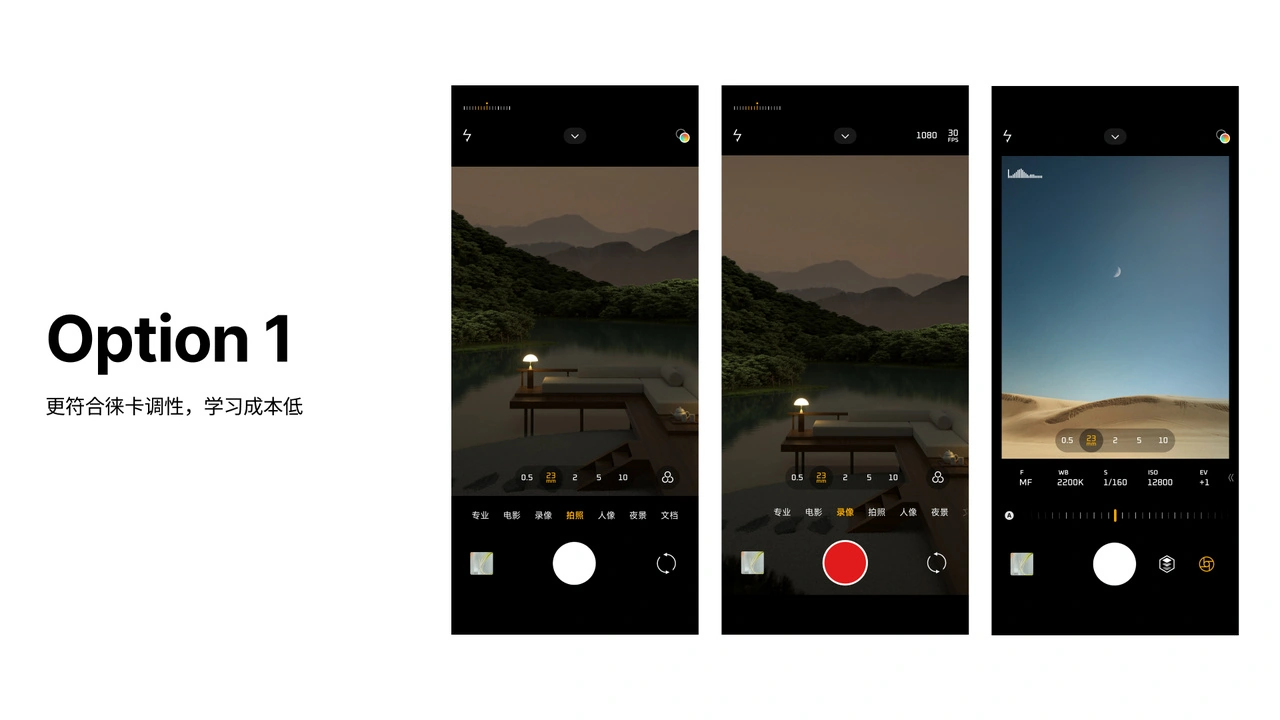Xiaomi has announced a significant update to its camera application, impacting more than 40 device models through a structured, three-phase rollout. This upgrade directly addresses long-standing user concerns about inconsistent feature layouts, confusing operational logic, and interface design—pain points that have hampered the user experience for some time. The new camera platform, built on HyperOS, delivers streamlined camera mode behaviors, minimizes interface clutter within the preview area, and introduces a more intuitive user interface. With over 140 newly designed icons and 600 interface optimizations, this initiative marks one of Xiaomi’s most ambitious camera updates to date.
Strategic Rollout Timeline
The deployment follows the HyperOS 2 mid-year OTA schedule and is segmented into three distinct phases to ensure a stable transition across various hardware platforms.
- Phase 1: Launched May 28, covering flagship products such as the Xiaomi 15 and 14 series, MIX Fold 4, MIX Flip, and REDMI K80 series.
- Phase 2: Begins grayscale testing by June 20, targeting the Xiaomi 13 series, MIX Fold 3, Civi 4 Pro, and select REDMI Note 14 models.
- Phase 3: Rolls out in July, including the Xiaomi 12S series and the REDMI Note 13 lineup.
This staged approach is designed to optimize performance and ensure compatibility without disrupting existing camera features.
Key Feature Enhancements
The update introduces a suite of enhancements aimed at both casual and professional users:
- Quick focal length switching (28mm/35mm) with customizable defaults
- Consistent portrait mode operation aligned with photo mode interface logic
- Professional mode customization for tailored photography
- EV adjustment for precise exposure control
- Over 40 camera UI theme colors for personalization
- Enhanced watermark options and improved shutter sound effects
Design Rationale and User Experience
Xiaomi’s camera development team evaluated three design concepts before finalizing the new interface. The selected approach emphasizes reduced learning curves and operational efficiency, relying on clear picture-text layouts for ease of use. While alternative concepts included a full-icon minimalist view and a zero-occlusion preview, the chosen design ensures both widespread device compatibility and seamless user adoption.
Professional mode has been reengineered for greater accessibility while maintaining advanced controls for experienced users. Video features now support multi-camera integration and monitoring, appealing to content creators and professionals seeking robust functionality.


 Emir Bardakçı
Emir Bardakçı




